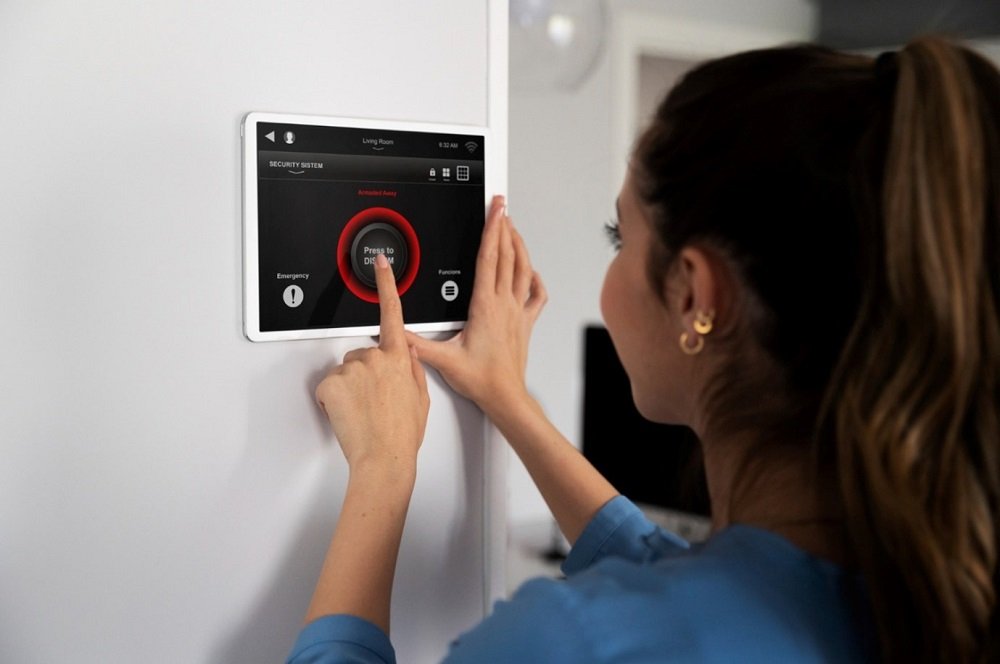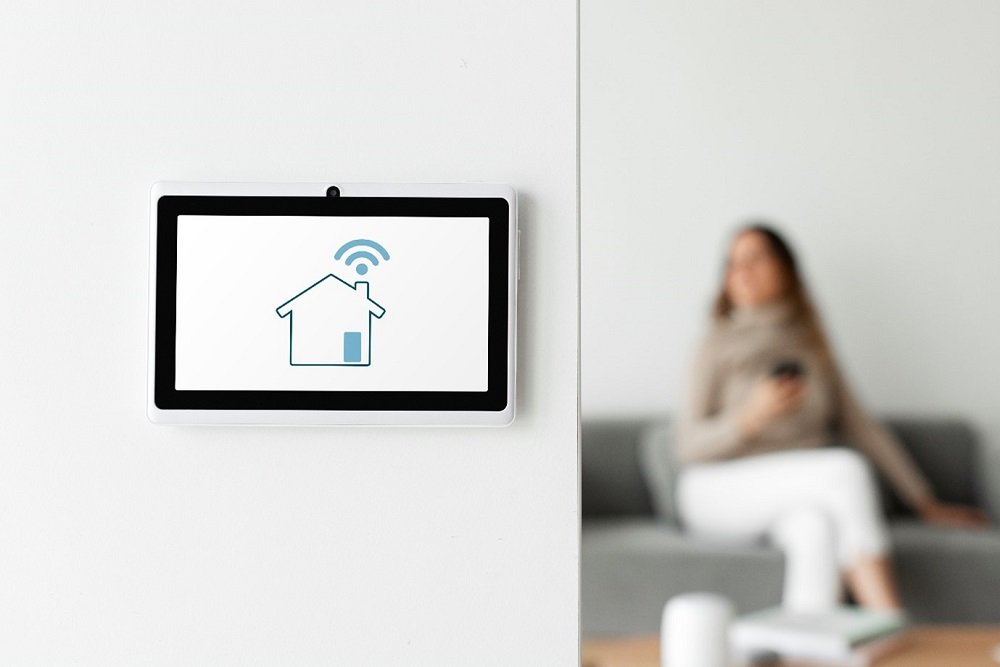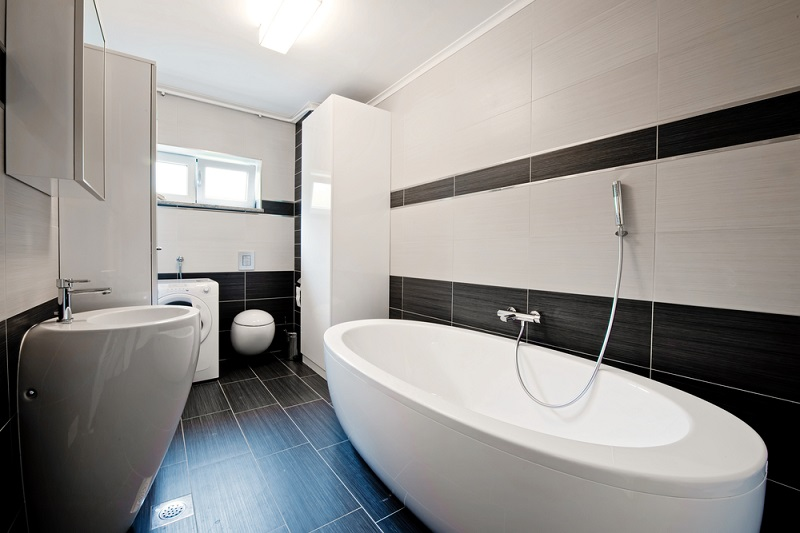Ever feel uneasy leaving your home empty while you’re at the beach or commuting in the city? A home alarm system can change that by watching over your place and alerting you to any trouble. In Australia, with our mix of urban bustle and wide-open spaces, these systems are a go-to for home improvement that adds real security without much hassle. Whether you’re in a sunny Queensland terrace or a cool Tasmanian cottage, the right home alarm system fits your needs and local setup. We’ll break down options, features, and tips in a friendly way, helping you pick one that works for your lifestyle. Stick around to learn how to make your home safer and smarter.
Basics of a Home Alarm System and Why It Fits Australian Living
A home alarm system uses devices like sensors and cameras to spot dangers such as break-ins or smoke, then sounds an alarm or sends a message to your phone. It’s like having an extra set of eyes, especially useful in Australia where homes often sit far from neighbors or face weather like storms that knock out power.
Key parts include entry sensors on doors and windows, motion detectors inside, and a central hub that connects everything. Many modern home alarm systems go wireless, making them easy to set up in older homes without tearing up walls. Related ideas like video doorbells or smart locks tie in, creating a full security network.
In places like Darwin, where humidity can rust gear, choose weatherproof models. For bushfire-prone areas in New South Wales, add heat sensors that meet Australian fire safety rules. A good home alarm system not only protects but can lower your insurance costs by up to 15%, a nice bonus for homeowners.
Benefits show up daily:
- Quick alerts: Get a ping if the dog triggers it accidentally or something real happens.
- Deterrence: Bright lights and sirens make intruders back off fast.
- Integration: Link to lights or thermostats for energy savings in hot Aussie summers.
- Peace of mind: Monitor remotely, perfect for families with kids or elderly relatives.
These features make a home alarm system a solid upgrade, blending security with everyday convenience.
Exploring Different Types of Home Alarm Systems
Australia has plenty of home alarm system choices, from simple setups to advanced ones with AI. Picking the type depends on your home size, budget, and how hands-on you want to be.
DIY vs Professional Home Alarm Systems
DIY home alarm systems let you buy kits online and install them yourself—great for tech-savvy folks in apartments. Prices start at $150 for basics, with easy apps for control. They’re flexible for renters in cities like Melbourne, where moving is common.
Professional installs handle complex wiring and testing, costing $800-4,000 but offering reliability. In larger homes in Perth’s suburbs, pros ensure coverage without blind spots. Both follow Australian standards for radio frequency use, avoiding interference with neighbors’ Wi-Fi.
Smart and Monitored Home Alarm Systems
Smart home alarm systems connect to the internet for features like live video or voice commands via assistants. They’re popular in tech-forward spots like the Gold Coast, where you can arm it from your phone while surfing.
Monitored options link to a service that calls police or fire crews if needed, adding $20-50 a month. In high-risk areas like outer Brisbane, this beats self-monitoring for faster help. Unmonitored systems save money but rely on you responding to alerts.
For coastal vibes in Byron Bay, opt for salt-resistant wireless models. Competitors push app-based ease, but always check battery backups for blackout-prone regions like rural Victoria.
Installation and Setup Tips for Your Home Alarm System
Getting a home alarm system up and running takes planning, but it’s straightforward with the right steps. Focus on your home’s layout to avoid gaps.
Planning Your Home Alarm System Layout
Map out entry points first—doors, windows, and garages get priority sensors. In two-story Sydney homes, place motion detectors on landings to cover stairs. Avoid putting them near vents or sunny windows that cause false alarms from pets or heat.
Test signal strength in bigger properties; extenders help in stone-walled Adelaide houses. Australian building codes require clear paths for sirens, so position them where sound carries without waking the street.
Step-by-Step Installation Guide
For DIY, unpack and mount the hub centrally, then add sensors with adhesive or screws. Pair via the app—takes under an hour for small setups. Pros use tools for hardwiring, testing each part to meet safety regs.
In humid Cairns, seal connections against moisture. After setup, run a full test: arm it, trigger a sensor, and check notifications. Costs include $200-500 for extras like cameras, with many systems expandable later.
Maintenance keeps it sharp—swap batteries every six months and update software quarterly. In dusty outback areas, clean sensors monthly to prevent glitches.
Australian Regulations and Local Considerations
Rules in Australia ensure home alarm systems work safely and don’t bother others. The Australian Communications and Media Authority oversees wireless signals, limiting power to avoid jams.
State laws vary: Queensland requires monitored systems in some rentals for tenant safety, while Tasmania focuses on privacy for camera angles. In heritage zones like Hobart, installs can’t alter exteriors without approval.
Providers offer local tweaks, like solar-powered units for off-grid spots in the Northern Territory. Cultural aspects include family-focused designs in multicultural Western Sydney, with easy interfaces for non-English speakers.
Examples: A Brisbane household added flood sensors after heavy rains, linking to their home alarm system for water alerts. In Canberra, a community group shared a monitored setup for neighborhood watch, cutting local crime.
Challenges like false alarms (fined up to $500 in some states) are met with pet-immune sensors. Sustainability matters too—low-energy models support Australia’s carbon goals.

Questions and Answers: Common Questions About Home Alarm System in Australia
Q: What features should a home alarm system have for a family home in Sydney?
Ans: Look for motion sensors with pet exemptions, door contacts, and app alerts for multiple users. Sydney’s traffic means quick notifications are key. Add smoke integration for apartment fire risks, complying with NSW building codes.
Q: Is a wireless home alarm system reliable in rural Queensland?
Ans: Yes, with strong signal boosters for large properties. Queensland’s remoteness suits cellular backups over Wi-Fi. Choose models tested for heat—up to 50°C—to handle outback summers without failing.
Q: How much does a monitored home alarm system cost in Melbourne?
Ans: Initial setup runs $600-2,500, plus $30 monthly monitoring. Melbourne’s cool weather favors battery-efficient units. It qualifies for VicRoads-linked responses in emergencies, often saving on insurance.
Q: Can I add cameras to my home alarm system in Perth?
Ans: Absolutely—night vision and motion-activated ones integrate easily. Perth’s sunny days need weatherproof casings. Follow WA privacy laws by not pointing at public streets; storage via cloud keeps footage secure.
Q: What’s the best home alarm system for renters in Adelaide?
Ans: Portable wireless kits under $400, with no-drill mounts. Adelaide’s wind can trigger false alarms, so adjustable sensitivity helps. Check lease rules—most allow them if no damage occurs.
Conclusion: Your Path to a Successful Home Alarm System in Australia
Building a strong home alarm system enhances your home improvement by delivering tailored security against Australia’s specific risks, from urban theft to natural threats. We’ve looked at core elements like sensors and hubs, types including DIY smart options, installation basics, and local rules such as ACMA standards and state privacy guidelines. Benefits like deterrence, remote access, and insurance perks make it essential, while maintenance ensures it lasts.
To succeed, evaluate your home’s vulnerabilities, select wireless or monitored based on needs, and follow a simple install plan with testing. Reach out to a certified expert for custom advice, and start small if unsure—expand as you go. This way, your home alarm system will safeguard your space effectively, letting you enjoy Australia’s lifestyle with confidence.



